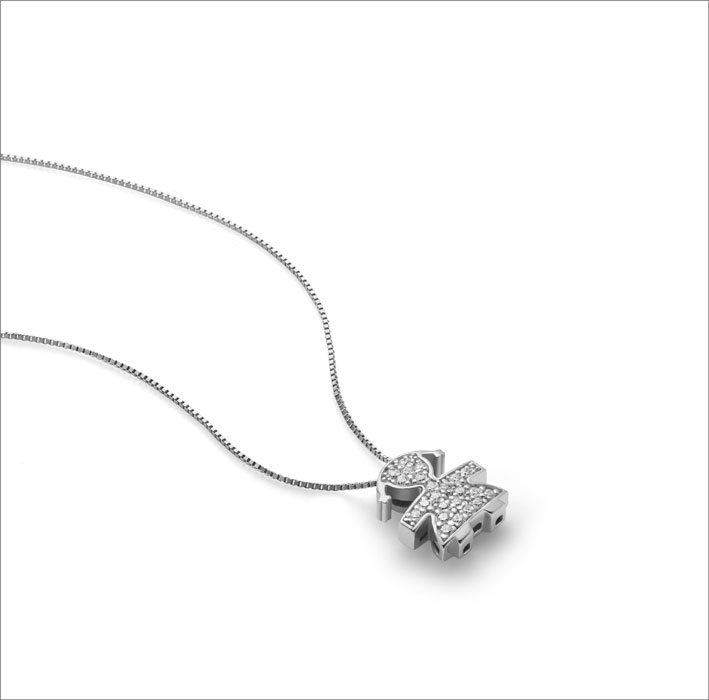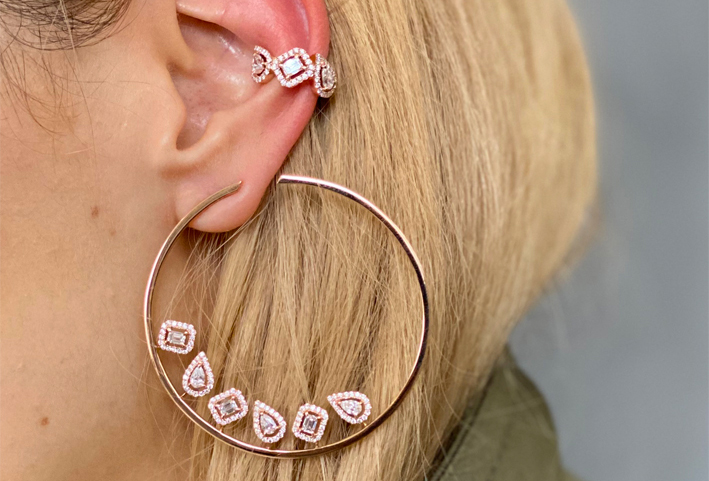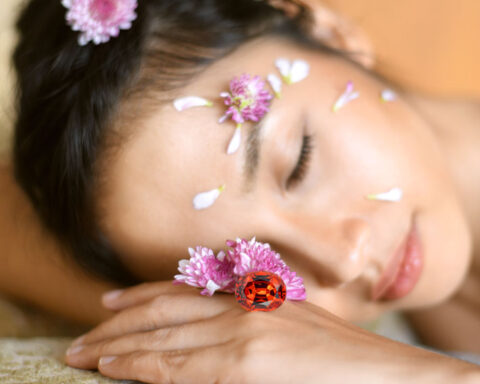Do you have jewelry that causes skin allergy or irritation? Here’s how to solve your problem and avoid a nickel allergy ♦
Some argue that allergies are on the rise. As for jewels, unfortunately, they have always been a problem. The reason is simple: there are metals that cause allergic reactions when in contact with the skin. But there are also less dangerous metals for allergy sufferers, such as gold or steel.
Also read: How to avoid nickel allergies
This is why allergy sufferers choose gold jewelry. The yellow metal, in fact, is hypoallergenic, that is it rarely causes reactions in contact with the skin. But then, why does it also happen who wears a gold jewel to suffer from redness or irritation on the part of the body in contact with earrings, bracelets or necklaces?

Irritation caused by jewellery: this is an allergic reaction called contact dermatitis and is caused when pure gold is not used. It is a problem that, according to some calculations, affects 10% of women. This metal, in its natural state (24 carats) is too soft and deforms easily. For this reason, jewelers have linked it together with other metals, such as nickel. In this way the gold jewel becomes more resistant. In Europe, however, for over 20 years now the EU has issued a directive, which has become law in the adhering countries, which drastically reduces the use of nickel in jewellery. Nickel, however, continues to be present in jewelry made before the new rules. In Italy, for example, the use of nickel must not only be within the limits of the law, but also indicated on the label.
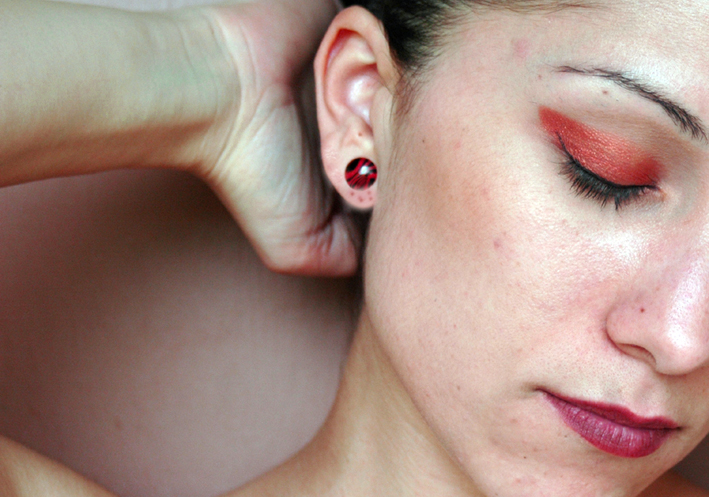
However, nickel isn’t the only metal alloyed in jewelry that can cause an allergy. In fact, it must be remembered that all 18, 14 or 9 carat gold jewels are alloyed with other metals. 18-karat gold, for example, means that out of 10 grams of metal, only 7.5 are pure gold, while at 14-karat this drops to around 50%.
How to avoid allergies. How to avoid nickel allergy? The first answer is obvious: if you buy a vintage jewel, ask the jeweler if the metal alloy of the jewel contains nickel.
If you already have jewelry at home that causes skin irritation or allergies, a simple trick is to use nail polish: brushed on the jewelry will avoid contact of the metal with the skin. You have to use the transparent one, of course. This system doesn’t work well with chain necklaces, but it can solve the problem with a ring or bracelet. Just cover the inside of the jewel, the one in contact with the skin, with the enamel. This prevents the nickel from coming into contact with the skin of the hands or wrist. Naturally it is necessary to verify over time that the enamel is not consumed with the use of the jewel.
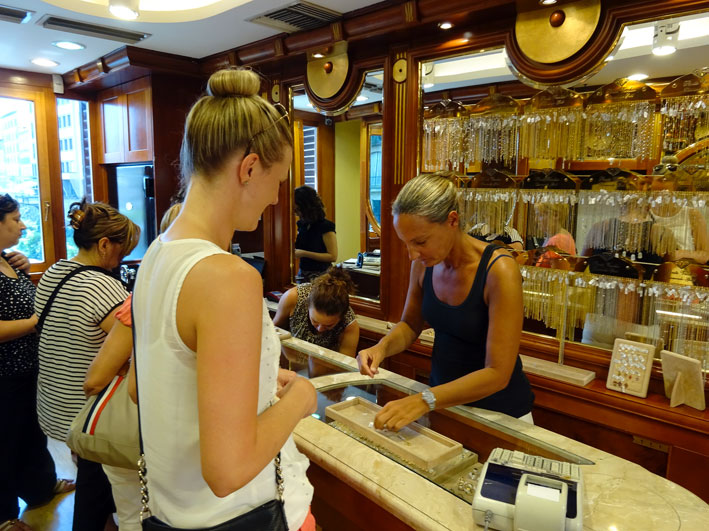
Other metals. Another, more expensive way to avoid allergies is to choose platinum or titanium jewelry, two hypoallergenic metals. Copper, recommended by many, is certainly not a real alternative to gold: not only does it not have the same luster (even if it costs much less), but when in contact with sweat, it can ruin and dye the skin. Even silver, as long as it is sterling (92.5% pure) is often tolerated by those who have a nickel allergy, but must be constantly cleaned to prevent blackening.
Read also: Are cheap jewels dangerous?





